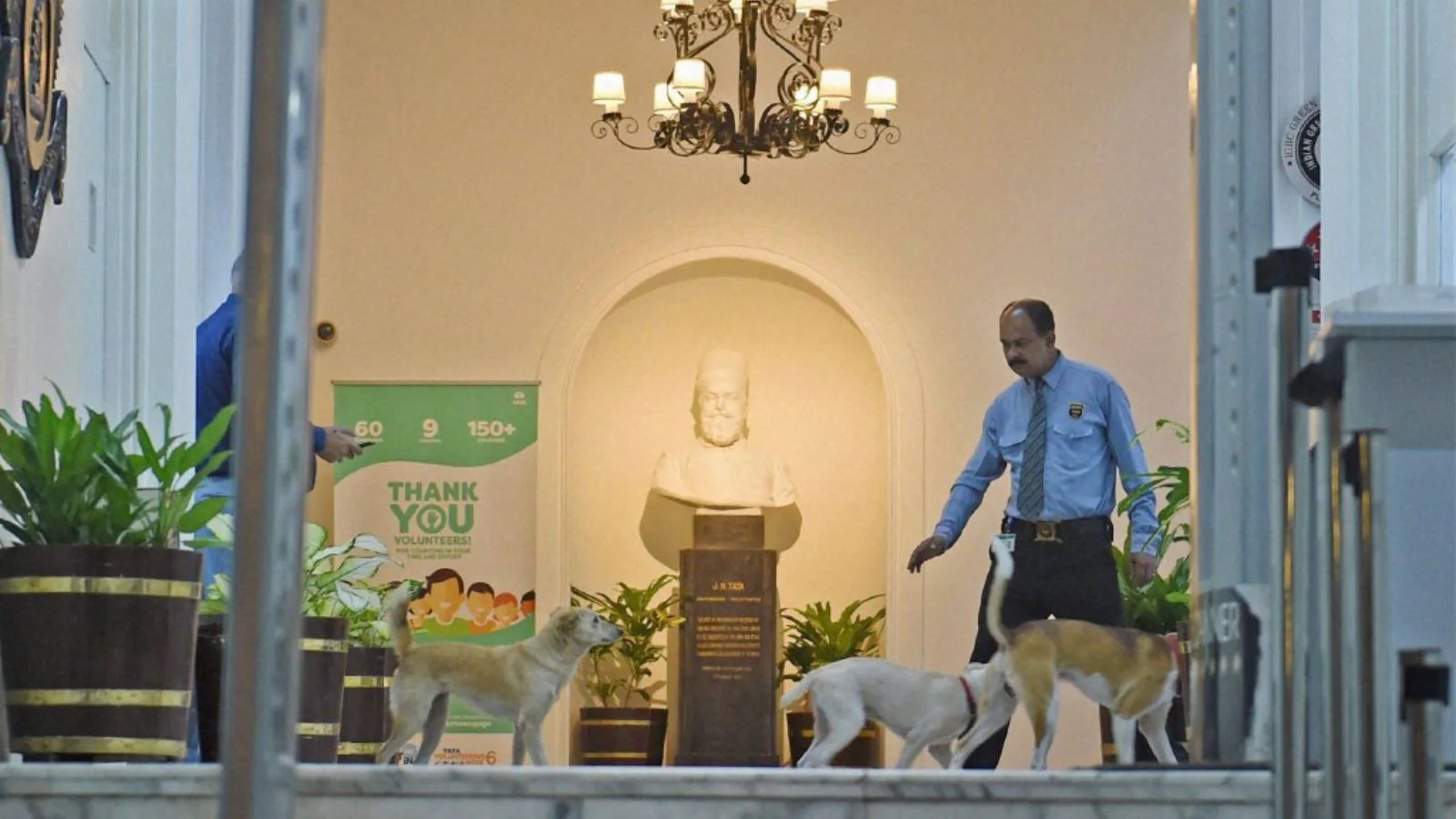By Diksha Modi,News18
Copyright news18

The storied corridors of Bombay House, the 101-year-old headquarters of the Tata Group, are witnessing a period of unprecedented turmoil. Following the passing of veteran industrialist Ratan Tata, the conglomerate has been embroiled in a power struggle that has drawn the attention of the government, underscoring the stakes involved in steering one of the country’s largest and most trusted business empires.
The current crisis within the Tata Group revolves around the leadership and decision-making processes of the Tata Trusts, which control a significant shareholding in Tata Sons. Trustees are reportedly divided over the appointment of directors to the Tata Sons board, concerns over transparency, and the group’s missed deadline with the Reserve Bank of India for non-banking financial company (NBFC) listings in September 2025.
Senior figures including Mehli Misri, Pramit Jhaveri, Jehangir, and Darius Khambatta are advocating for the reappointment of Vijay Singh and greater clarity in boardroom decisions. Conversely, Noel Tata and Venu Srinivasan have reportedly thrown their support behind Singh, reflecting the factional nature of the current dispute.
While headlines focus on boardroom politics, Bombay House itself, the iconic four-story building near Hutatma Chowk, remains a symbol of the Tata legacy. Designed by eminent architect George Wittet, who also conceived the Gateway of India, Bombay House was completed in 1924 and has functioned as the Tata Group’s nerve centre ever since.
Initially, Tata companies operated out of the Navsari Buildings, but as the group expanded, a dedicated headquarters became essential. Land in Mumbai’s Fort area was acquired in 1920, construction commenced the following year, and the building was inaugurated under the stewardship of Sir Dorabji Tata, firmly establishing it as the group’s operational and strategic hub.
Bombay House is more than just a corporate office. Its construction using Malad stone and classical-Edwardian design make it an architectural landmark. The building underwent a major renovation in 2018, merging heritage aesthetics with modern functionality, and earned India’s first Platinum rating from the Indian Green Building Council for sustainable operations. Its interiors, adorned with historical photographs, documents, and memorabilia, reflect both the Tata family and the broader narrative of Indian industry.
A lesser-known anecdote captures the human side of the building’s history. Ratan Tata, during his tenure, once tended personally to a sick stray dog that arrived at the office entrance, ensuring it received medical care and sustenance. This gesture led to the establishment of a dedicated shelter for stray animals within Bombay House, a practice that continues to symbolise the group’s commitment to ethical stewardship and social responsibility.